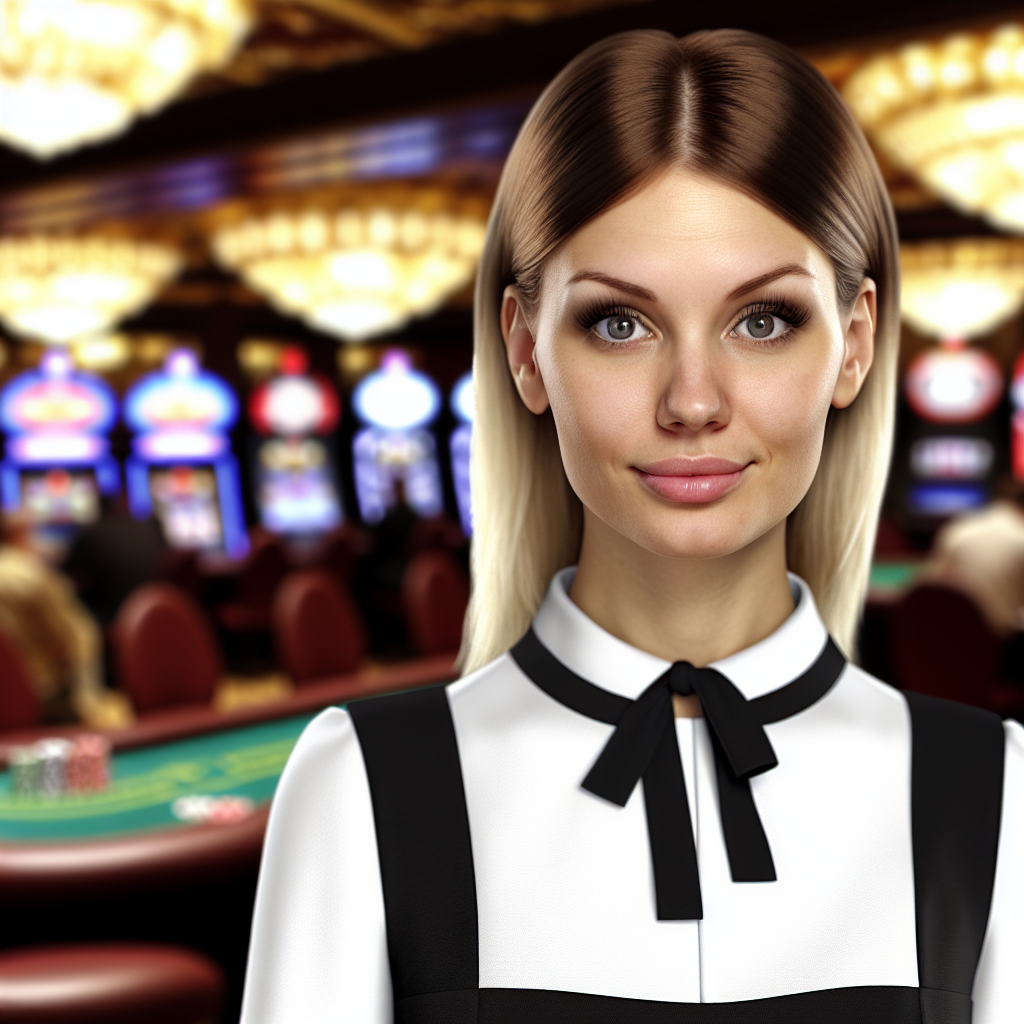
What if your next poker game was influenced not by the cards you hold, but by the way you sit? In the world of poker, where every gesture can be scrutinized for hidden intentions, understanding body language becomes a pivotal skill. The concept of a “posture poker tell” illustrates how subtle shifts in posture can reveal a player’s confidence or bluffing strategy. This nuanced art of reading physical cues can make or break a high-stakes game.
Understanding the Basics of Poker Tells
Poker tells are involuntary or deliberate actions that give opponents clues about a player’s hand. These can range from facial expressions and gestures to the more subtle, yet equally telling, changes in posture. The “posture poker tell” is particularly intriguing as it involves reading a player’s stance or body position to deduce their level of confidence or anxiety during a game.
The Importance of Posture in Poker
In a game where every detail counts, posture can be a strong indicator of a player’s mental state. A slouched posture might suggest uncertainty or weakness, possibly indicating a weak hand. Conversely, sitting upright and leaning slightly forward might signal confidence and a strong hand. Experienced players often use these posture poker tells to adjust their strategies accordingly, either capitalizing on perceived weakness or retreating against apparent strength.
Strategies to Minimize Giving Away Tells
To prevent opponents from reading these physical cues, players often adopt a neutral posture, maintaining consistency regardless of their hand’s strength. By keeping their body language steady, they aim to become unreadable, preventing competitors from gaining any advantage. This strategy requires practice and self-awareness, as even the smallest movement can betray a player’s true emotions.
Regional Variations in Reading Tells
Across different regions, cultural variations can influence how posture is interpreted in poker. In some areas, maintaining eye contact is considered a sign of honesty and strength, while in others, it might be perceived as aggressive. Understanding these regional nuances can provide an additional layer of strategy for international players, allowing them to tailor their reading of posture poker tells
Conclusion
The art of interpreting posture in poker is a subtle yet powerful tool that can provide significant insights into an opponent’s mindset. By honing the ability to read and control posture poker tells, players can refine their strategies and enhance their game. Whether you’re a seasoned pro or a novice, understanding body language can be just as crucial as knowing the rules of the game.
What is a posture tell?
A posture tell refers to the non-verbal cues given by a person's body language that can indicate their intentions or feelings.
How can posture indicate someone's confidence?
Confident individuals often stand or sit with an open and upright posture, making themselves appear larger and more approachable.
What does crossed arms typically suggest?
Crossed arms can suggest defensiveness, discomfort, or a closed-off attitude, but context is important as it can also simply mean the person is cold or resting their arms.
Key Considerations for The Posture Tell: How Body Language Reveals Intentions
| Aspect | Typical Range | Guidance |
|---|---|---|
| Leaning Forward | Common | Observe players who lean forward as they may be more engaged or confident in their hand. |
| Crossed Arms | Medium | Consider crossed arms as a defensive posture indicating a potentially cautious or weak hand. |
| Relaxed Sitting | High | Note relaxed sitting as a sign of comfort with the current situation, possibly indicating a strong hand. |
| Fidgeting | Moderate | Watch for fidgeting as it can reveal nervousness or uncertainty about the player's position. |
| Rigid Posture | Uncommon | Be wary of players with a rigid posture as they might be attempting to control their tells. |
Why is eye contact important in understanding body language?
Eye contact can reveal a person's level of engagement, confidence, or honesty, as avoiding eye contact might indicate discomfort or deceit.
How can mirroring be a sign of rapport?
Mirroring, or subtly imitating another person's posture or gestures, can indicate that they feel a connection or are in agreement with you.
What role does cultural context play in interpreting posture tells?
Cultural norms significantly influence body language interpretation, as gestures or postures acceptable in one culture may be offensive or misunderstood in another.
How can posture indicates stress or anxiety?
Signs of stress or anxiety can include fidgeting, avoiding eye contact, and tense or closed-off postures like hunched shoulders.
What is the significance of the feet in reading body language?
Feet often point towards what a person is interested in, and shifting feet or tapping can indicate impatience, nervousness, or a desire to leave.
How can one differentiate between genuine and fake body language signals?
Genuine signals often involve congruence between verbal and non-verbal cues, while fake signals may appear forced or inconsistent with spoken words.
How can posture tells be used strategically in negotiations?
Recognizing posture tells can help identify the other party's confidence, openness, or hesitance, allowing for strategic adjustments in your approach.
What are microexpressions and how do they relate to body language?
Microexpressions are brief, involuntary facial expressions that reveal true emotions and, when combined with posture, can provide deeper insights into intentions.
Can posture tells be consciously controlled or manipulated?
While individuals can consciously adjust their posture to convey certain impressions, trained observers may still detect discrepancies or inconsistencies.
This article was created by the official editorial team of CasinoVVV.com, delivering trusted insights, global casino industry news, and professional gaming analysis.
Read also: The Whiskey Tell: Reading Drinks At Poker Tables • AI Poker Reads: How Artificial Intelligence Is Decoding Live Player Tells In 2025